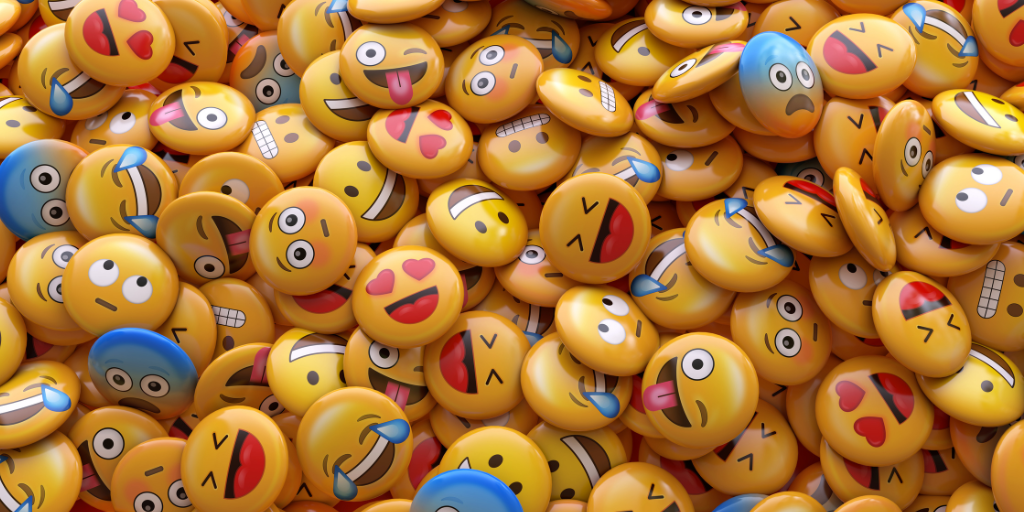- July 17 is the day when emojis are commemorated.
- This language revolution has endured momentous evolution with the inclusion of combinations that help fill those ambiguous gaps between feelings, courtesy of Emoji Kitchen, which was launched in 2020.
Emojis: Letting Our Souls Speak Without Uttering a Single Word
18 Jul, 2024 12:41 PM

Ever tried to convey an idea using words, but you couldn’t? That’s definitely two decades back before Google petitioned the Unicode Consortium to improve text standards by enabling computers to recognize emojis. It’s easier to voice your sentiments now, right?
The onset of these tiny icons dates back to the 80s with basic text-based emoticons like ":-)" and ":-(." But the need for more demonstrators for our many emotions demanded additions and advancements.
July 17 is the day when emojis are commemorated. This choice of date, established by the founder of Emojipedia (Jeremy Burge), was born of creativity back in 2014. When you open your iOS keypad, the calendar emoji displays July 17. Why not select the date to celebrate these beloved symbols?
This language revolution has endured momentous evolution with the inclusion of combinations that help fill those ambiguous gaps between feelings, courtesy of Emoji Kitchen, which was launched in 2020. This mechanism has come in handy when expressing colliding feelings. For instance, when you simultaneously feel sad and happy, there is an emoji for that.
Thanks to this linguistic phenomenon, an impressive 90% of social media users across platforms like Facebook, X (formerly Twitter), Instagram and WhatsApp continue to enjoy an enhanced ability to connect, communicate and comprehend each other in this digital age.
On July 17, 2024, individuals took to social media to celebrate these small symbols. Some include:
HAPPY WORLD EMOJI DAY!
Express your feelings or what you want to say through emojis on #WorldEmojiDay!
Others also explained the application of emoji-creativity in ancient scribes and academics:
It's World #Emoji Day! Scholars and scribes throughout history have enjoyed showing a sense of humor and creativity in their decorations - it's not all serious work. These playful illustrations appear within and around the text of manuscripts in our collection.
Leave a comment
No comments yet. Be the first to share your thoughts!











